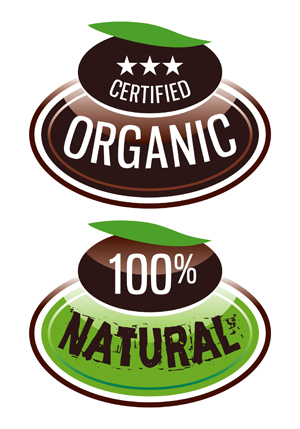
The USDA has three categories of organic: 100 percent Organic, Organic and Made with Organic Ingredients.
Simply stated, organic produce and other ingredients are grown without the use of pesticides, synthetic fertilizers, sewage sludge, genetically modified organisms (GMOs) or ionizing radiation.
The USDA’s National Organic Program (NOP) defines organic as follows: “Organic food is produced by farmers who emphasize the use of renewable resources and the conservation of soil and water to enhance environmental quality for future generations. Organic meat, poultry, eggs and dairy products come from animals that are not given any antibiotics or growth hormones.
“Organic food is produced without using most conventional pesticides; fertilizers made with synthetic ingredients or sewage sludge; bioengineering; or ionizing radiation. Before a product can be labeled ‘organic,’ a government-approved certifier inspects the farm where the food is grown to make sure the farmer is following all the rules necessary to meet USDA organic standards. Companies that handle or process organic food before it gets to your local supermarket or restaurant must be certified, too.”
The USDA has three categories of organic:
100 percent Organic: Made with 100 percent organic ingredients.
Organic: Made with at least 95 percent organic ingredients.
Made with Organic Ingredients: Made with a minimum of 70 percent organic ingredients, with strict restrictions on the remaining 30 percent, including no GMOs.
Products made with fewer than 70 percent organic ingredients may list organically produced ingredients on the side panel, but can make no organic claims on the front of the package.
It is a three-year process for land to be converted to organic status. There is a two-year conversion process consisting of increasing the fertility of the land. Produce grown in the first year cannot be labeled as organic. The second year, produce may be labeled “in conversion.” The third year, produce may be labeled as “fully organic.” Soil and natural fertility building are important parts of organic farming.
Sources: www.organic.org/home/faq and www.naturalnews.com.
Reprinted from AzNetNews, Volume 32, Number 1, February/March 2013.





April 2, 2013
Environment, February/March 2013 Issue, Food, Nutrition and Diet, Fruits and Vegetables, Genetically modified, Organic